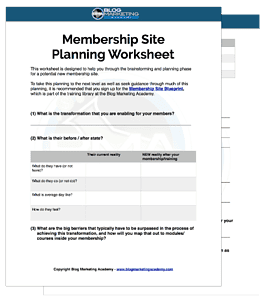I have set up many membership sites using the BuddyBoss theme and the BuddyBoss platform. After all, in the past I called it perhaps the perfect membership site theme.
The full Buddyboss package has the full community platform as well as the theme. Much of the time, these site are running an LMS such as Learndash. Some of the sites I’ve set up even run their CRM in-house using FluentCRM and using WP Fusion to control member permissions. And processing orders through something like WooCommerce or Easy Digital Downloads.
Obviously, this kind of setup needs good, solid web hosting. The question is…
What KIND of web hosting?
Let me try to answer you in plain English.
In This Post…
BuddyBoss Versus Other Themes

A BuddyBoss site with the community features turned on places a higher demand on the web server than a typical blog theme or course-centric membership site. The BuddyBoss server requirements are therefore higher than normal.
See, every member who is logged in needs to see different things. And that includes pulling community activity from the database such as news feed updates, group updates, forum activity, private messages, etc.
Essentially, the more functions of the BuddyBoss platform that you turn on, the higher the demand. But, even just having BuddyBoss active (with many of the functions disabled) still requires higher server requirements. And the more users using the platform at the same time, the higher the requirements.
A BuddyBoss site cannot use typical web caching. Since every member needs to see different content, it cannot be cached in the traditional way.
With that in mind…
Running BuddyBoss On Typical Shared Web Hosting?
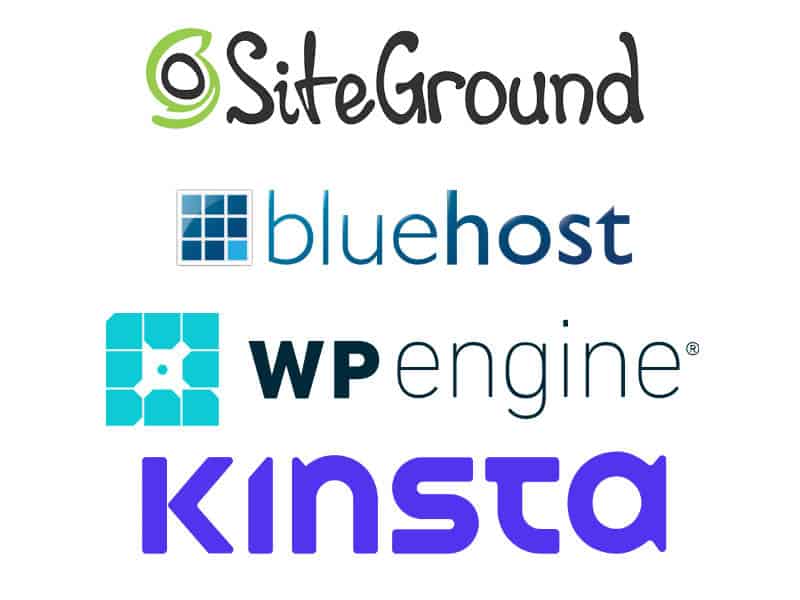
I’ve seen some blogs out there saying that you can run BuddyBoss nicely on shared hosting accounts from the likes of Siteground, WPEngine, Bluehost, etc. To be blunt, much of the time their recommendations are not based on experience, but instead their affiliate commissions.
Will it work as Buddyboss hosting? Well…. yes, most likely. However, you may quickly run into issues.
The performance promises of some of those shared hosting companies depends very much on strong caching. And since a BuddyBoss site is more of a dynamic web application than a traditional blog, you just can’t run caching like that. So, you need to run those hosting accounts much more “raw” without some of the speed optimizations turned on. And resources will be much more limited.
To be clear, I would never in a million years recommend you try to host your BuddyBoss site on something like Bluehost, Godaddy, or any of the usual cheap web hosts. Even if you are able to get the thing running on these hosts, it won’t take much traffic to bring the site to it’s knees.
Siteground is a popular shared web host and they are indeed a good company. Depending on the number of users you expect to use your site at the same time, it is quite possible your site will run fine on Siteground. I would recommend the GrowBig account or higher. Siteground’s hosting runs on Google Cloud and that does give it an advantage over some other hosts.
Overall, however, any web host that hooks you in using incredibly cheap pre-paid pricing like $2.99/month or something similar is simply not a host I would trust with a BuddyBoss site. It isn’t likely to run well.
When you move up to fully managed WordPress hosting, things get better. This would include hosts such as WP Engine, Kinsta, or my favorite – Rocket Hosting.
Managed WordPress hosting is shared hosting typically, but it is common for them to use something like Google Cloud as the internal infrastructure. This is why you often see these hosts have disk and bandwidth quotas. Despite the appearance of those limitations, however, these hosts are usually going to give you more horsepower for a BuddyBoss site than typical shared hosting.
My personal preference here would be Rocket Hosting. See my review of Rocket here. I also host my Concierge clients on Rocket for a reason.
Using A Virtual Private Server (VPS) For Your BuddyBoss Site
One of the potential problems with most shared web hosts is that they don’t provide very much flexibility and control over your setup. They set up their hosting offer a certain way and you just use it. You cannot necessarily change anything.
With a virtual private server, you have more flexibility because the resources dedicated to your site are dedicated to your site only. Not only that, if you need to tweak certain things and do things a little bit differently, you’re generally not going to be blocked from doing so.
While you could get a “bare metal” VPS server directly through Digital Ocean or Vultr, you would be completely on your own to set up that server and manage it. It is incredibly geeky and not for the faint of heart. For that reason, I recommend that you use a virtual private server through a company that offers a web panel for it. This includes companies like:
When you select a VPS server, I would recommend absolutely no less than 2GB of server memory. Keep in mind, that’s bare minimum. You’d be far better off moving up to 4GB or 8GB of memory for a BuddyBoss site. Typically, moving up to these memory levels also adds more CPU cores to your server which will help.
I would also recommend you go with the Premium option on Digital Ocean or the High-Frequency option on Vultr. These servers offer faster read/write speeds on the storage and you’re going to want that for a BuddyBoss site due to the amount of database activity which is typical.
Pros of VPS Hosting
- Usually offers more horsepower for the money
- More control over the server settings, allowing you to better tweak things for BuddyBoss
- Resources not shared with other people
Cons of VPS Hosting
- Requires a bit more technical know-how. With greater power comes greater responsibility. 😉
- Your server’s horsepower is all that you have. If you need more, your only option is to scale up to a more powerful (and more expensive) server.
Hosting Directly From BuddyBoss – with Rapyd
A more recent option that you should definitely consider for a BuddyBoss site is Rapyd Hosting.
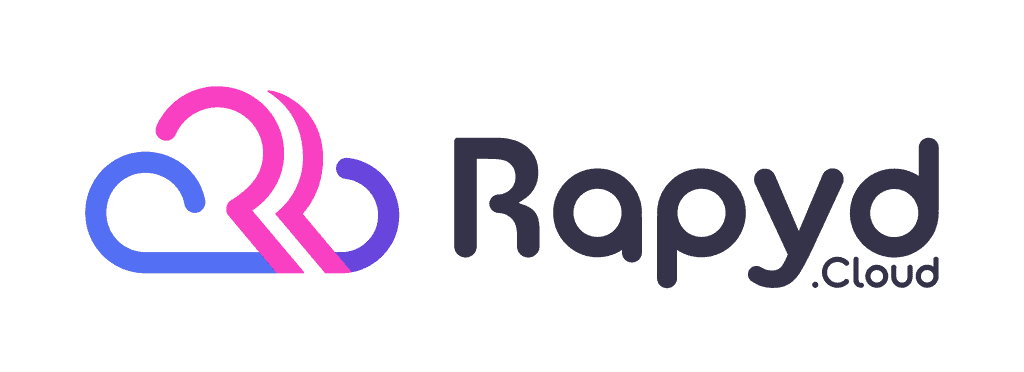
What makes Rapyd unique is that it was hosting that was literally built for BuddyBoss sites. It is pretty much the same company, in fact. Separately branded and different staff, but same CEO because Rapyd was built to suite the needs of BuddyBoss. You don’t need to be using BuddyBoss to use Rapyd, but they did build it for the needs of highly dynamic WordPress sites.
Now, I have not personally used Rapyd for any of my own sites. However, I have dealt with Rapyd on behalf of clients.
One client, specifically, moved her BuddyBoss site from Cloudways to Rapyd. She was on a VultrHF server on Cloudways with 4GB of RAM and the site was running sluggish (especially on the backend). We looked at scaling up the server, but once you get into that pricing territory we figured we should go shopping.
Since she is a Concierge client, we looked at moving her to Rocket Hosting. But, ultimately, she decided she wanted to give Rapyd a try. Rapyd was on pre-launch at the time so she got in really early. Plus, my client was considering using the BuddyBoss mobile app, too, which places even higher demands on the server.
We found that her site sped up drastically merely by moving it to Rapyd Hosting. It was a night-and-day comparison, really.
Clearly, the tech stack built by Rapyd Hosting is purpose-built to a highly dynamic WordPress site like a BuddyBoss site. And, once you start looking at scaling a virtual private server up to 8GB or more, you’re getting into the same pricing ballpark as Rapyd. For that reason, I’d say just go with Rapyd instead and save yourself the hassle.
Recommendations For BuddyBoss Hosting Performance
Obviously, your choice of host is going to play a pretty big role here in how your BuddyBoss site is going to perform. But, it is more than just raw server horsepower. It also involves how the server is set up, the software in use on that server, and other matters.
So, let’s talk about some recommendations here…
Server Recommendations
As I said above, if you elect to use a virtual private server, I would go with at least a 4GB server with 2 CPU cores. While you may be able to operate on a 2GB server, it will only hold up to very light traffic if you don’t have many other plugins active. For real-world use, I would use no less than 4GB of RAM.
You may even find yourself frustrated at the sluggishness of the site’s backend on a 4GB server. You may think you need to upgrade to an 8GB server to give it more power. Just keep in mind, once you start getting into that price range, it might make sense to look at more managed options.
Rapyd is going to be your best option, in all likelihood. They built BuddyBoss and your hosting will basically be perfect for your needs there.
If not Rapyd, then I prefer Rocket Hosting.
Use Object Cache Pro
You will definitely want to use an object cache on your Buddyboss site. This is quite different than a page cache that saves copies of your pages. You will not be able to use page caching for any logged-in users due to the nature of a dynamic Buddyboss site.
Object caching will cache the data from database queries. Then, when that data is requested again, it can pull it from the cache very quickly rather than have to re-perform the task of querying it from the database again. Since BuddyBoss sites make a lot of database queries, the object cache can increase performance substantially.
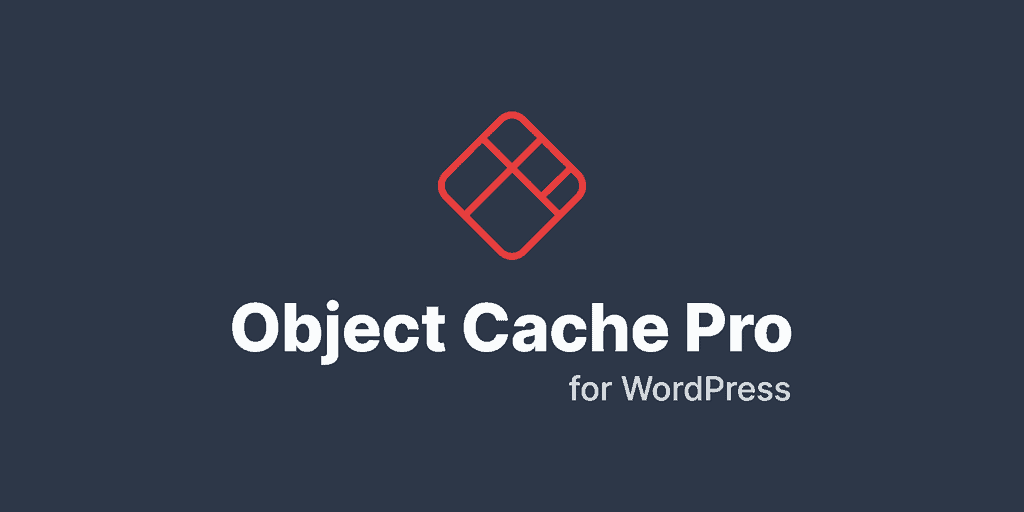
Most shared web hosts won’t offer this. Some VPS panel providers can do it. For instance, Cloudways includes it automatically on any server with 2GB of greater so I would definitely recommend turning it on.
With Rocket Hosting, they offer it. You need to ask support to install it for you, but they can do it in a few seconds and it really helps.
With Rapyd, it is automatic.
When you have Object Cache Pro enabled, you will see something like this on your WordPress dashboard:
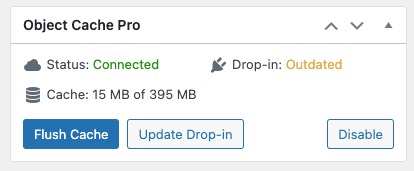
You shouldn’t have to ever touch it, for the most part. But, when you see that box and it says “Connected”, then you know object caching is turned on and working.
Use Cloudflare Enterprise
Cloudflare is an internet infrastructure provider. I use Cloudflare constantly to manage the domain DNS for myself and most all of my clients.
The “big kahuna” option for Cloudflare is Cloudflare Enterprise. Not only does this make Cloudflare your content delivery network (offloading assets and serving them as quickly and as closely to your visitor as possible), but it also provides a number of security features to block bots. It puts a firewall over your site to protect it.
Using Cloudflare Enterprise will help your BuddyBoss site perform by keeping a lot of the load off your actual server and serving it directly from Cloudflare. It also keeps bots and garbage from ever hitting your site to begin with. The last thing you want is your BuddyBoss site bogging down because spiders and bots are crawling all over it.
With Cloudways, you can enable Cloudflare Enterprise as an add-on. If you are using Cloudways, I recommend it.
If you’re using Rocket Hosting, full Cloudflare Enterprise integration is literally baked right in. You don’t have to do a thing.
Most shared hosts don’t offer this, so you’d be on your own.
Other Server Tweaks And Settings
Here’s a few other tweaks I have found sometimes need to be looked at on your hosting:
- Be sure you’re using PHP version 8 and not a lesser version. PHP8 is much faster. Most hosts will allow you to upgrade if you’re still using PHP 7.x. Make sure you test in staging first to ensure you don’t break anything.
- Litespeed is better for your server. Litespeed is a much faster as server software than just standard Apache. You will usually have better performance if your host uses Litespeed.
- Use a higher memory limit than default. This is the amount of memory allowed for each PHP call. I believe default is 128MB. I recommend at least 256MB. I personally use 512MB and I’ve heard some people set it as high as 1024. Obviously, the more memory allowed, the more server memory you may need on the server based on the amount of traffic you get.
- Using Page Cache such as Breeze (included with Cloudways) or WP Rocket. It is important, however, to be sure the cache is only for non-members. The moment a user is logged into your site, what they see needs to be unique to them. You cannot cache logged-in users.
The memory limit is one I’ve had to alter many times on various sites. See, while your server may have a certain amount of memory, each individual PHP process is only allowed a certain amount of memory at a time.
As an example, let’s say you had a 4GB server but your memory limit was set to only 128MB, this means that each interaction with your server (each page visit) would only be permitted to use 128MB.
128MB is very low if you have much going on. I’ve even watched page builders like Elementor outright fail to load because of not enough memory. BuddyBoss definitely needs room to breathe as well.
I’d recommend setting your memory limit to at least 256MB. 512MB is quite common and, in some cases, I’ve even set it to 1024MB. Keep in mind, if you allow each PHP process more memory, you’re also capped by the amount of memory your server has. So, a 1024MB memory limit on a 4GB server wouldn’t make a lot of sense. You’d basically be saying only 4 things can happen at a time on your server.
I’ve got sites on Rocket currently set at 1024MB, but Rocket’s servers have 128GB of RAM so we’ve got tons of breathing room. With low-end hosting, you probably cannot change it from whatever is default. On a VPS, you need to be much more aware of your server specs.
You can look up your current PHP memory limit in WordPress anytime. Go to Tools > Site Health and click on the Info tab. Scroll on down to “Server” and expand that section. You’ll see your current memory limit right there.
Could you use my personal help in tweaking your site’s performance or migrating you to better hosting? With just one service credit on your account, you can send me a tech service request and I’ll get in there and just do it for you. Click to learn more about it.
Final Thoughts on BuddyBoss Hosting
BuddyBoss is not your typical plugin. The BuddyBoss theme is not your typical theme. It isn’t for the faint of heart.
Remember, the whole idea of BuddyBoss is to build a community-focused membership site. When you do that, you’re asking WordPress to do a lot. So, it has higher demands than a normal blog.
So, yes, the hosting requirements for a BuddyBoss site are higher than the average blog. It will usually cost you more money. Frankly, if you’re not OK with the higher costs of BuddyBoss, then you shouldn’t be using it.
Keep in mind, even if you’re running BuddyBoss with most of it’s community functions turned off, it is STILL putting more load on the server. I have watched so many sites (including my own) see their performance bump up drastically merely by moving away from BuddyBoss.
Now, is that a flaw in BuddyBoss? No, not really. It is doing what it was built to do. If you don’t really need ths stuff that BuddyBoss was built for, then don’t use it. Your site WILL be faster if you’re not using BuddyBoss.
But, for the right kind of membership site, BuddyBoss remains the “perfect membership site theme”. For a really community-focused site, it is the best game in town.
If you’re going to use BuddyBoss, it needs the power and breathing room to work properly. That means good hosting.
Without it, don’t complain that your site is too slow. 🙂
We all know, too, that a BuddyBoss site doesn’t work in a vacuum. You’re going to need other plugins, too. So, things beef up. For all of those reasons, you absolutely need to give your site solid hosting.
The alternative is that your beautiful BuddyBoss membership site will be so slow that people can’t stand to use it. And you’re going to pull your hair out navigating around in the backend of your site. And that’s not much fun. Trust me, I’ve been there. 🙂
Any of this just over your head? No problem. I do this kind of stuff every day. With just one service credit on your account, you can send me a tech service request and I’ll get in there and just do it for you. Click to learn more about it.
Got A Question? Need Some Assistance?
Have a question about this article? Need some help with this topic (or anything else)? Send it in and I’ll get back to you personally. If you’re OK with it, I might even use it as the basis of future content so I can make this site most useful.


